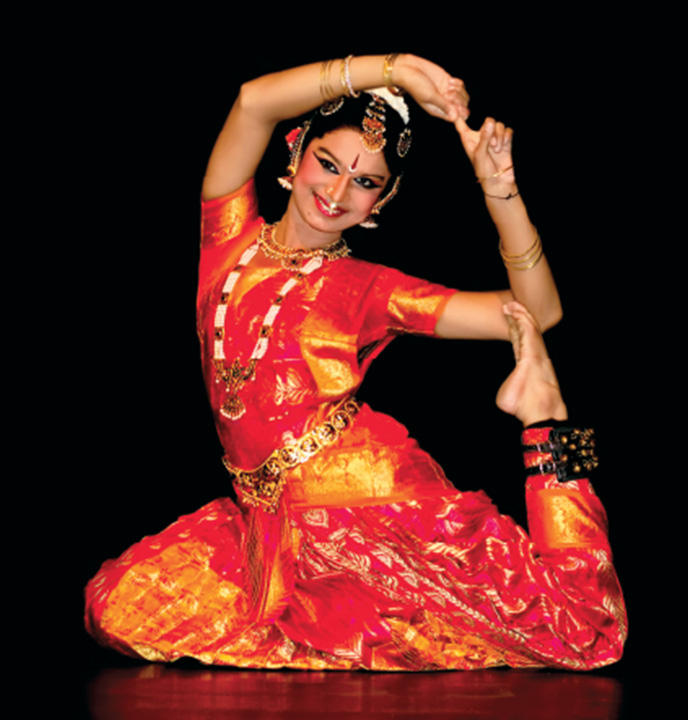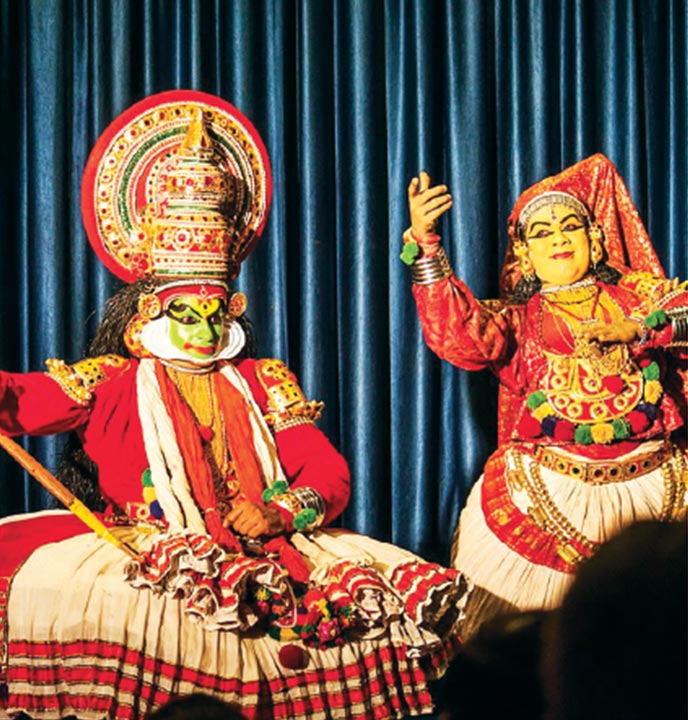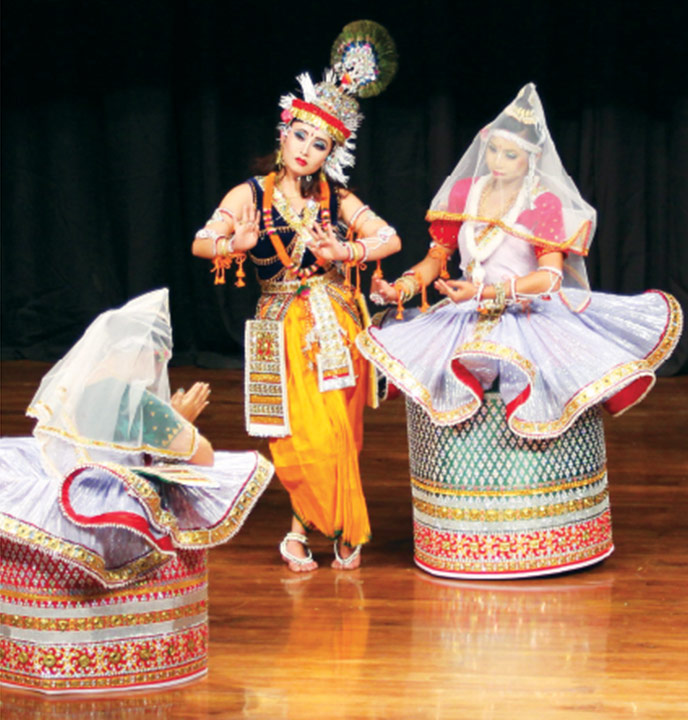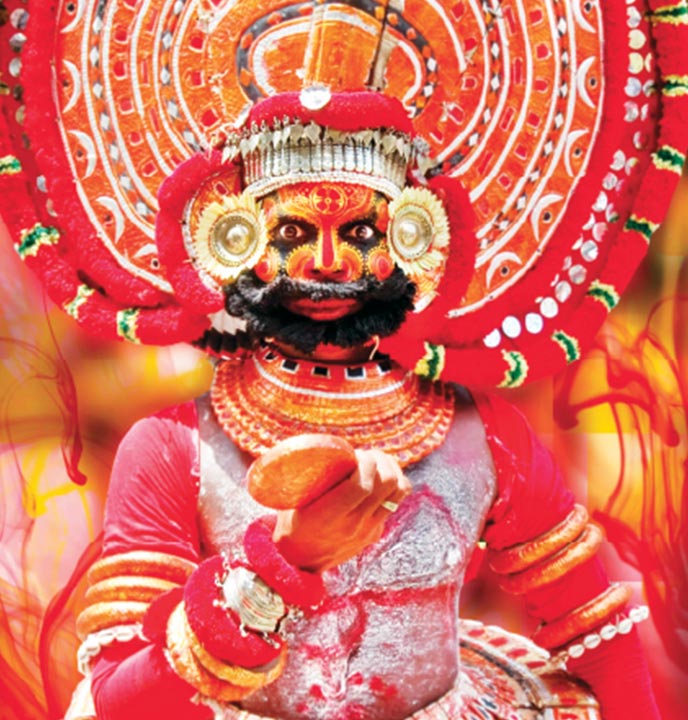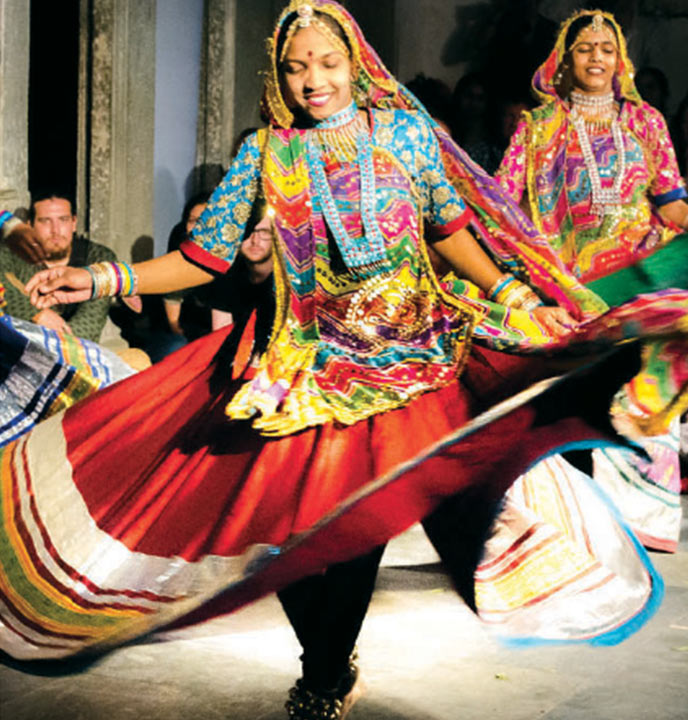January
Bharatnatyam
Bharatanatyam is the oldest Indian classical dance form, originated in the Tanjore district of Tamil Nadu and is regarded as the mother of many other classical dance forms of India. Firstly, it was initiated in the Hindu temples of Tamil Nadu and eventually flourished in South India. It was performed with excellent footwork and impressive gestures, including nrita, nritya and natya.
